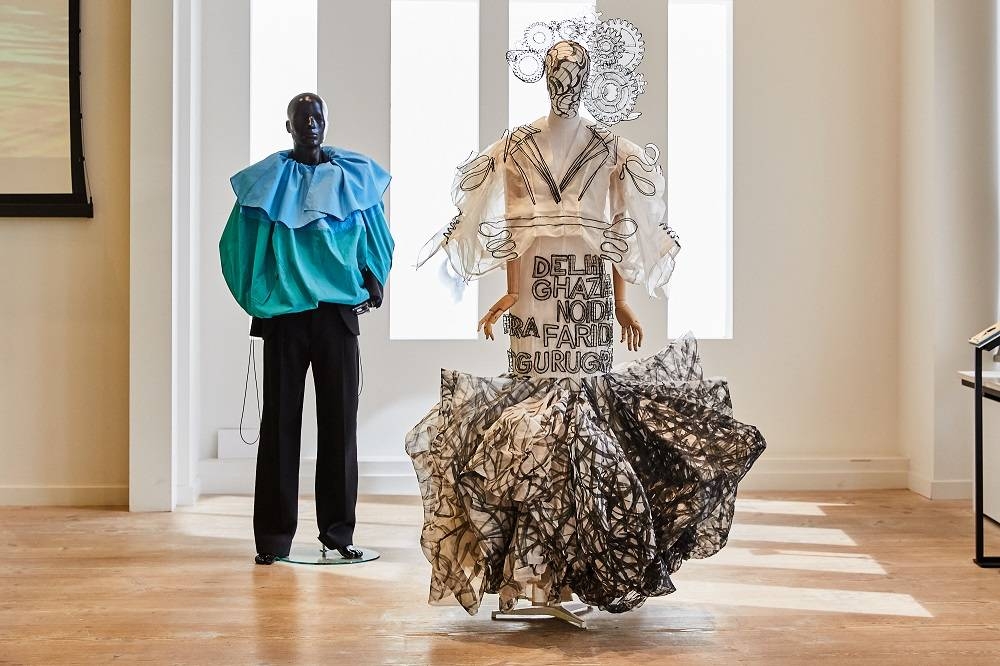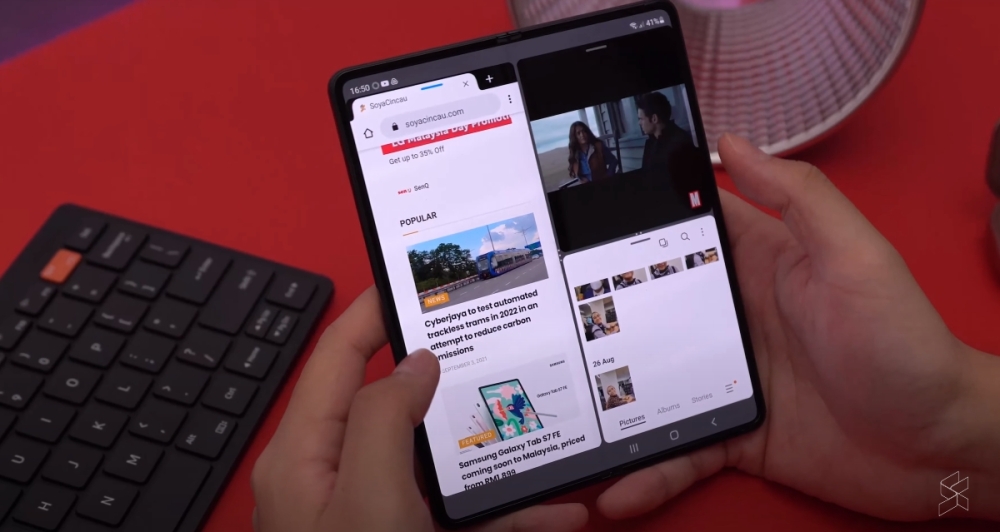PARIS, June 1 — The fashion industry seems to be forever vaunting the merits of the metaverse, as the sector gradually starts experimenting with its famously infinite possibilities.
But do consumers share this enthusiasm? On the contrary, a new survey reveals something of a gulf between the two sides’ expectations, highlighting a flagrant lack of interest among US and European consumers for this new virtual world.
It’s all anyone seems to talk about — or almost. In many fields, including fashion, brands have rushed headlong into the much-hyped metaverse, quickly exploring this famous world of all possibilities, from NFTs and cryptocurrencies to virtual goods. And who could blame them.
But this experimentation seems to be out of step with the uses and expectations of consumers, who are more in search of hybrid shopping experiences than a total dive into this still unknown virtual world.
So suggests a new study conducted by Censuswide for Productsup,* which indicates that virtual goods are not (yet) of particular interest to the majority of consumers
Uniting the virtual and real worlds
At this stage, consumers are looking for virtual solutions that would enhance their physical shopping experiences.
As such, providing complementarity or interoperability between the real and virtual worlds seems to be the key to taking full advantage of the metaverse.
According to the study, 44 per cent of consumers would be willing to buy a product in the metaverse if it (really) offered experiences similar to real life.
This could include using augmented reality glasses to view virtual products in the physical world, for example. That figure rises to 67 per cent for Spanish consumers, but drops to 33 per cent for the Danes and the British.
The public also expects the metaverse to allow them to make purchases more quickly than in real life (47 per cent).
Here again, it seems that the Spanish are particularly keen on this type of experience (71 per cent), unlike the Danes (32 per cent).
The French fall in between the two (44 per cent). If NFTs and virtual fashion are still something of a niche for most people, it seems that consumers are nevertheless in search of scarcity or exclusivity.
More than four in ten respondents (44 per cent) would appreciate placing an order in the metaverse if it allowed them to access a physical product that is not yet available, for example.
Grasping the concept (or not)
While it’s synonymous with totally futuristic experiences for some, the metaverse is not (yet) perceived as an innovative world by the public.
Nearly three in ten respondents (27 per cent) even said that they expect a similar experience as in the physical world.
And when asked about their expectations of the virtual world, consumers cite practices that are closer to real-world experiences, such as a virtual assistant to provide more product information (26 per cent), richer and more dynamic product information, greater personalisation (25 per cent), and faster transactions (24 per cent).
Nothing related to any avatar, virtual goods or NFTs.
To this can be added a generational factor, with a gap that keeps on widening as technological innovations advance.
Gen Z, who will be coming of age at the same time as the metaverse, are almost twice as likely to make a purchase in this new world as those age 55 and older. And Gen Zers are, by extension, much more curious about the infinite possibilities offered by the metaverse than their elders
A hybrid shopping experience
While they are not yet totally won over by the metaverse, consumers are not totally rejecting it either.
On the contrary, they want to multiply experiences in the physical, digital and metaverse worlds: a hybrid and complementary shopping experience across these three dimensions.
As such, almost half of respondents (47 per cent) would like a mobile application that provides more information about products during their physical shopping sessions, and 42 per cent would like to take advantage of online augmented and virtual reality to project their purchases into real life.
This could mean, for example, visualising potential furniture purchases in your home before actually buying them. — ETX Studio
* Censuswide conducted an independent survey of 5,698 consumers aged 16 and over in Europe and the United States regarding their expectations of the metaverse, sustainable shopping and other hybrid shopping experiences.






















